It’s not always obvious what kills your productivity or even goes beyond that to become a part of toxic productivity.
According to a CareerBuilder survey, about 75 percent of employers say that more than two hours of efficient work are lost every day.
It may get difficult to strike the balance between creating a collaborative environment and respecting the need for focus. Sometimes, the balance is disrupted so much that it leads employees toward toxic productivity. Let’s dig more into the matter and how we can boost productivity at work.
What is toxic productivity?

Toxic productivity is starting your workday excessively at the expense of other aspects of your personal life. It’s a mindset that shows up as a continual drive to “do.”
You could feel unable to relax, take any breaks, or appreciate all that you do when you’re so compelled to think about what else you “should” be doing.
As more people have begun working remotely, the lines between work and personal life have blurred, and many remote workers feel compelled to “prove” their worth. This can make it even more challenging to set the task aside and pay attention to yourself.
6 Productive things to do
Generally speaking, you may use some basic tactics to boost productivity at work, such as taking short breaks, making useful to-do lists, and avoiding social media.
This blog focuses on providing tips while avoiding any type of toxic productivity along the way. By finding the right mindset and genuine productive things to do, you can do more in less time.
There is no one-size-fits-all trick to increase productivity. However, you can try different tactics to see which one helps you the most and use it regularly.
Here are the top six of our favorite tips and comparisons on how to boost productivity at work without incorporating toxic productivity.
Tip # 1: Cubicle vs noisy colleagues
Research gives us controversial information on this subject. They say that chatty colleagues are the biggest distraction, and that sitting in a cubicle is distractive, too. Of course, that’s very useful information, but how can an employee benefit from that? Let’s look at the facts.
On the one hand, a survey held by Ask.com found that 61% of U.S. employees agree that noisy co-workers are the biggest office distraction and productivity killer. Many employers use open space to integrate their workers into ongoing projects. But the reality is that when you are working in a big open space, there will always be someone who laughs loudly, constantly interrupts you, or walks around. For that reason, 86% of employees would prefer to work alone to boost productivity.
On the other hand, one third of office workers believe they will have more productive things to do in an “open room”, as opposed to a cubicle environment. Many people say that it is hard to be efficient and creative in that type of setting. Cubicles are great for maximizing office space, but working in a cube is not exciting or inspiring.
Solution: There are always limits to working space, but employers can help their workers become more flexible. You should at least try to create a “silence room” or a “silence corner” where people don’t talk at all, but just work in silence. If it’s impossible or if this idea fails, there are always noise-cancelling headphones.
Tip # 2: Social networking sites vs limited Internet access
Access to social networking sites at work. To be or not to be? Such a complicated issue… Let’s see what the statistics can tell us. Alert! Many facts and figures!
First of all, 54% of American workers who use the Internet say it is very important for doing their job. Furthermore, 92% of working adults say the Internet has not hurt their productivity at work. Imagine that less than one out of every ten working adults says the Internet has made them less productive in the workplace! But that’s what employees think. It’s time to give the floor to employers.
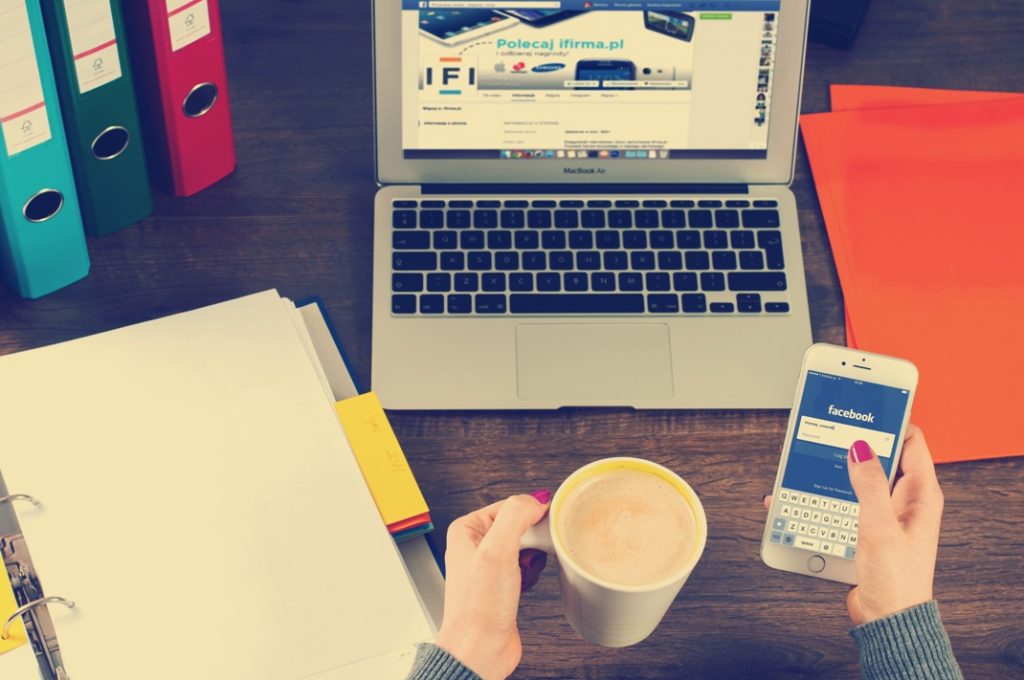
46% of online-working adults, in their turn, say their employer limits their Internet access so they have more productive things to do. Cruel, isn’t it?
At first, take a look at the final fact. 21 percent of employees said they spend one hour or even more surfing the net for non-work-related information. So, it can turn into two or three hours of the work day…
Solution: Unfortunately, even if your productivity is higher with access to the Internet, the decision to block the Net can be made without your knowledge.
If you can, conduct a couple of experiments. Work for a week with an Internet connection and then without. If you are honest with yourself, you’ll find which way works best for you.
If you understand that the internet kills your productivity, try to use distraction-free applications for your browser that will only allow you to visit sites you need to work with.
Tip # 3: Breaks vs solid workflow
A coffee break, after a smoke break, after a snack break and then a long self-accusation of unproductivity sin. Endless breaks creep into work hours and steal time from your productive things to do without you even realizing it. You might recognize your colleagues—or yourself. If not, you may turn out to be the next type of unproductive worker.
The next type is a workaholic, taking no breaks, even for lunch, leading to poor performance at the end of the day. Remember toxic productivity?
You may look like an exhausted ghost who doesn’t want to take a rest. And your productivity … is close to zero. So, how do you choose a workflow that is both productive and beneficial to your health?
Solution: If you are an employee, instead of taking a break every time your brain begins to wander, choose to schedule snack or coffee breaks intermittently throughout the day. Doing so will help you focus during your workday and boost your work performance.
If you are an employer or a team leader, encourage your team to take breaks to recharge themselves every now and then to avoid running into toxic productivity. But take a clear stand against too frequent breaks that only have a purpose of wasting time.
Tip # 4: Multitasking vs monotasking
Let’s begin with the statement that we usually confuse the term “multitasking” with actually “switch-tasking.” In fact, we don’t perform two or more tasks at the same time because it is not physically possible; we just quickly switch between them. Very often this leads to so-called “toxic productivity“.
If you are adept at multitasking, your work schedule looks like a large book of magic inscriptions. Every minute, every second is scheduled. You feel like a captain among the raging waters of tasks. And one day you will find yourself sinking in this ocean of toxic productivity.

Why is that so? When you switch from the first task to another task, your focus doesn’t immediately follow. Simulation of work replaces productivity and real results. Even if you finish the first task before another, your focus becomes divided for a long time.
Every time you start a new task, you need about 25 minutes to fully concentrate again. Calculate how much time you lose having 2 tasks per day. Five tasks? Ten tasks?
If you prefer monotasking, you devote days, weeks and months to the Big Challenge. And when you complete it, you understand that small, but equally important tasks remain undone. Therefore, you feel like an imposter cause you fail at productive things to do.
Solution: Sounds unproductive, but try to let your brain rest in between the tasks – and if it is possible, try not to jump from one thing to another too often. For example, when you are not at the office, make an effort not to look at your phone and get comfortable with silence. It will help you to build the habit to turn it off– and stay concentrated at this very moment. This is where productivity begins.
Tip # 5: Meetings vs declining them
Do you know the feeling of taking part in meetings, where abstract concepts are discussed, where a small amount of information is received, where the goal of meeting is unclear? Sure, you know. Let’s be honest: this type of meetings is a complete waste of time.
Why do these unproductive meetings appear from time to time? Because not everyone understands the actual cost of an usual meeting.
Let’s listen to Jason Fried and Davin Heinemeier, the authors of the wonderful book called “ReWork:” “Let’s say you’re going to schedule a meeting that lasts one hour, and you invite ten people to attend. That’s actually a ten-hour meeting, not a one-hour meeting. You’re trading ten hours of productivity for a one hour of meeting time.” Impressive?
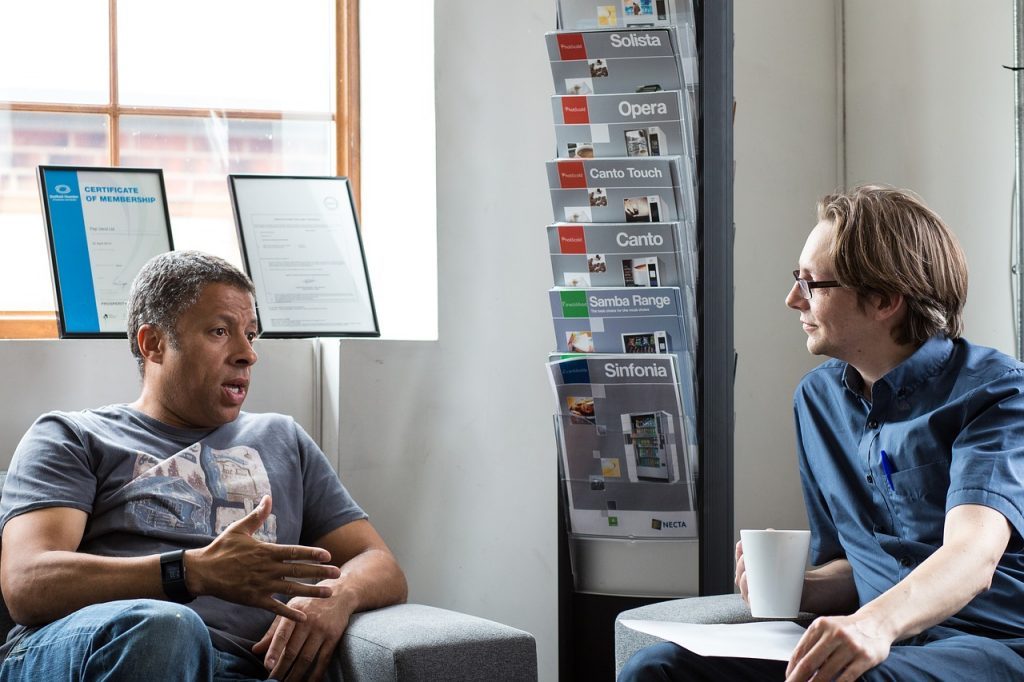
On the other hand, meetings are the method of creating a collaborative environment. It is unlikely you will be able to give them up. What should you do to boost productivity on your meetings?
Solution: Let’s acknowledge the fact that meetings are important for a work process. I just want to offer you several tips on how to not meetings kill your productivity:
- Meet only when there is a clear agenda,
- Set a timer. End the meeting when the time is up,
- Invite as few people as possible,
- Invite only the relevant players
- End with a clear result and make someone responsible for implementing it
You can also invest in a collaboration tool that will allow you to create plans, discuss ideas, and assign work all from a single “command center” that integrates with other applications you might be using, allowing you to focus on more productive things to do. And forget about counterproductive meetings for every little update from each team member. Read more about this issue in the next section.
Tip # 6: Social media vs team chats
Researchers found that people get frustrated if they are away from their cell phones for too long, so it’s no wonder that surfing social media tops many charts of time killers.
Remember the situation when you are going to post or tweet some promotional staff and 30 minutes later you suddenly find yourself scrolling your news feed. Apps such as Facebook, Instagram and Twitter are experts in killing productivity and provide hours of time-wasting content.
Сontrariwise, you won’t deny that the key to working more efficiently is to get systems of talking to each other. According to a recent survey conducted by research firm Ipsos, nearly 50% of employees believe social tools make them more productive while 30% of companies restrict usage or undervalue social tools.
In addition, almost half (46%) of US workers said they prefer to communicate with colleagues through email, IM or phone to avoid face-to-face interactions. Just think of it! People don’t want to connect with coworkers offline because it kills productivity.
Surprisingly, but employers tend to know about unproductivity that happens as a result of face-to-face communication. And 31% of them said they are willing to spend their own money to buy business communication tools. But what kind of social software will improve business communication productivity?
Solution: Shortly, the ideal choice is a team messenger. The market of team chats is diverse. Here every team can find an appropriate option depending on its needs. Team chat is an environment where you can create your own unique and productive work process. It will be the universe of your team where you and the members of your team won’t be distracted by your relatives or friends. Sounds great, doesn’t it? You should try something like that.
A bonus tip: boost productivity at work by standing desks
There is one more point I would like to add about ways to improve your performance at work. A new study from the Texas A&M Health Science Center School of Public Health found that workers with stand-capable workstations were about 46 percent more productive than those with traditional, seated desk configurations over the course of six months. Sounds impressive, doesn’t it?
One interesting fact of the study results is that the productivity differences between the stand-capable and seated groups were not as large during the first month. Starting with the second month, there were larger increases in productivity with the stand-capable groups as they got used to their standing desks.
Needless to say, that clean and organized desk helps set productivity levels at work.
What productive things to do boost performance?
Today productivity means something new. It’s not just about focusing on remarkable proficiency. It’s not just about perfectly managing the minutes of the day either. But as long as you take into account the solutions to productivity dilemmas, you’ll be able to become a master of your time and boost productivity.



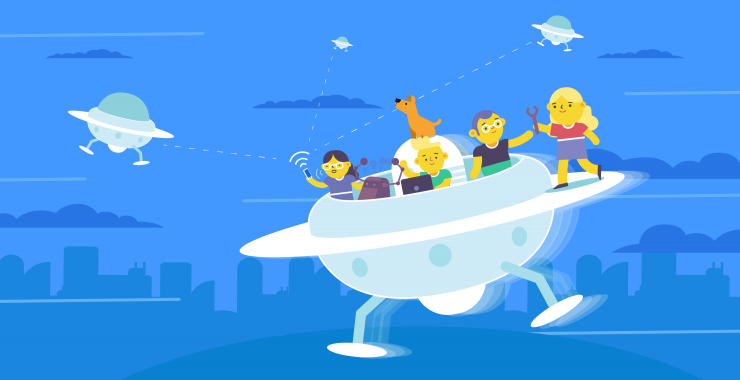
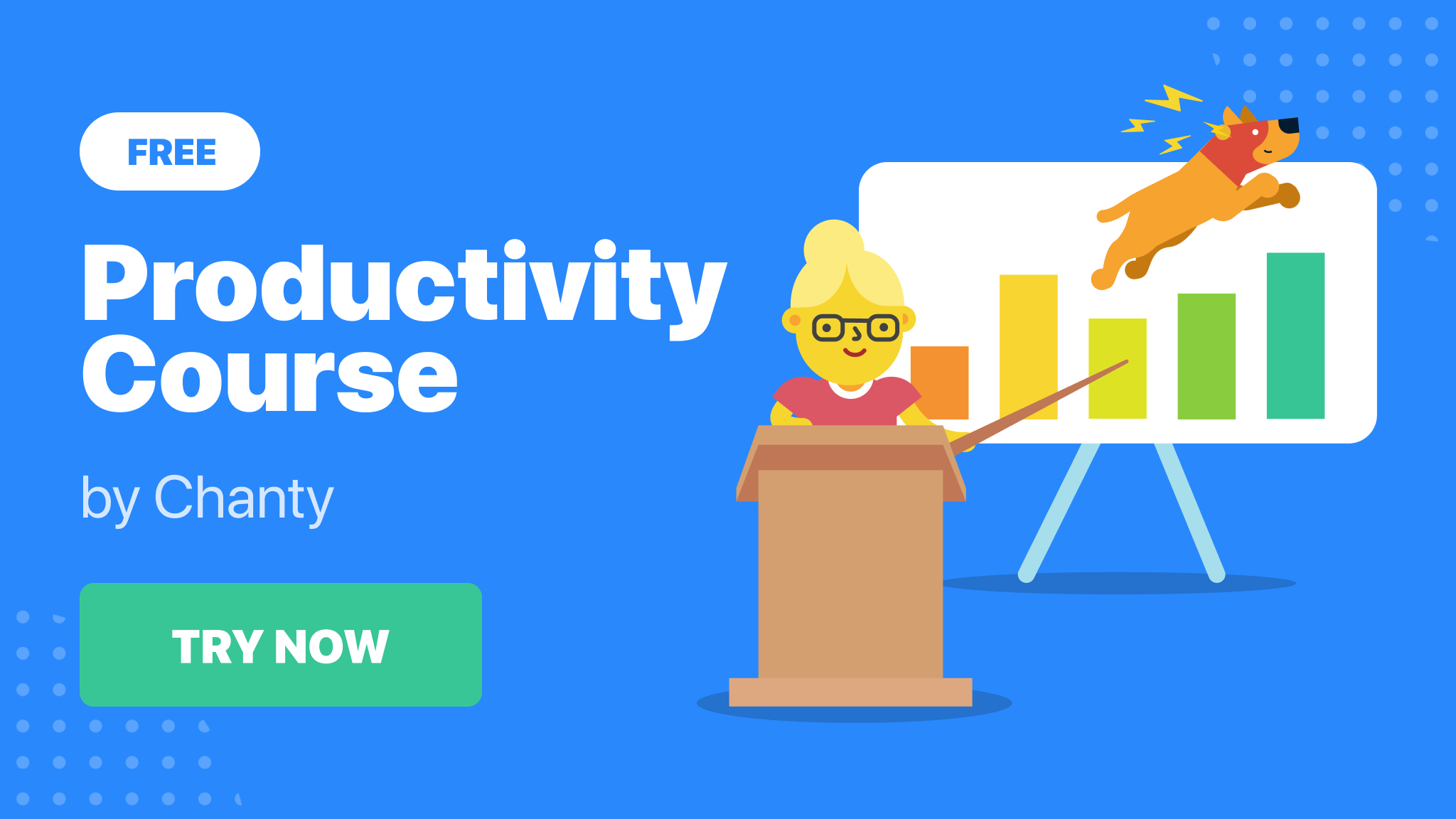
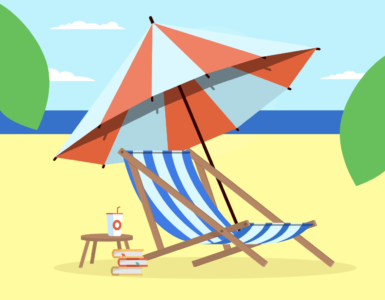

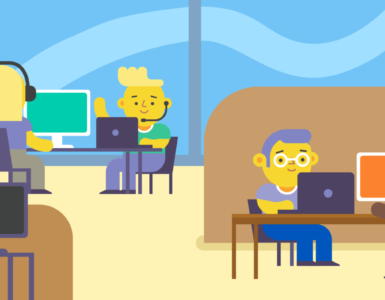


Add comment